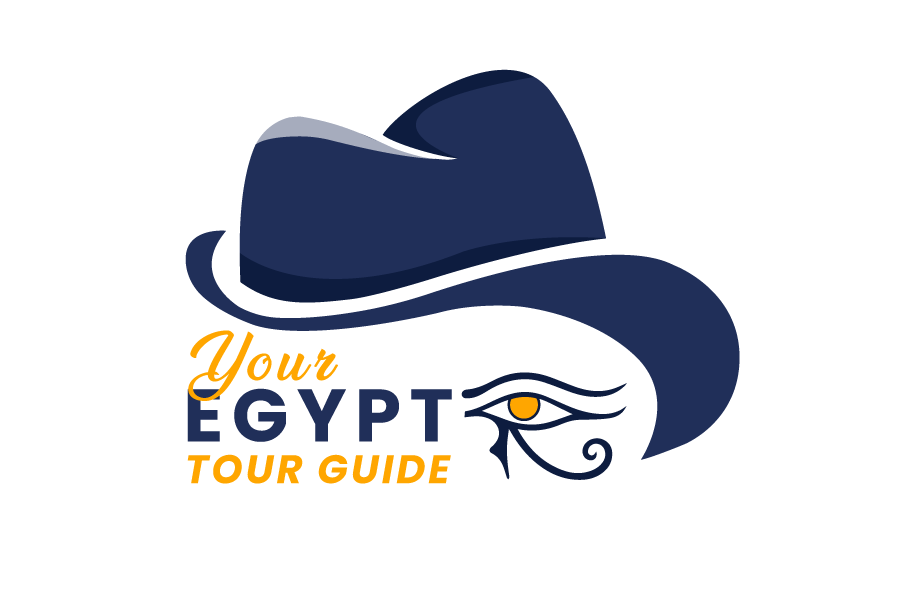Egypt is country rich in history and culture, with numerous historical and cultural attractions that draw millions of visitors each year. Here are some of the most renowned attractions in Egypt:
Pyramids of Giza: Located on the outskirts of Cairo, the Pyramids of Giza are one of the Seven Wonders of the Ancient World. The Great Pyramid of Khufu, the Pyramid of Khafre, and the Pyramid of Menkaure are the most famous and impressive structures in the complex.
Egyptian Museum, Cairo: Located in Tahrir Square, Cairo, the Egyptian Museum is home to an extensive collection of ancient Egyptian artifacts. It houses over 120,000 items, including the treasures of Tutankhamun, mummies, statues, and jewelry.
Luxor: Situated on the east bank of the Nile River, Luxor is often referred to as the world’s greatest open-air museum. It is home to the Karnak Temple Complex, the Luxor Temple, the Valley of the Kings, and the Valley of the Queens. These sites contain numerous ancient tombs, temples, and statues.
Abu Simbel: Located in southern Egypt, Abu Simbel is famous for its monumental rock-cut temples. The temples were built during the reign of Pharaoh Ramesses II and were relocated in the 1960s to avoid flooding caused by the construction of the Aswan High Dam.
Valley of the Kings: Situated on the west bank of the Nile near Luxor, the Valley of the Kings is a burial ground for many pharaohs of the New Kingdom period. It contains elaborately decorated tombs, including the tomb of Tutankhamun.
Aswan: Aswan is a city on the Nile River renowned for its beautiful setting and historical sites. The Aswan High Dam, Philae Temple, and the Unfinished Obelisk are popular attractions in the area. A boat trip to the nearby Elephantine Island is also recommended.
Alexandria: Located on the Mediterranean coast, Alexandria was once an ancient center of learning and culture. The city is known for its historical sites, including the Citadel of Qaitbay, the Catacombs of Kom El Shoqafa, and the Bibliotheca Alexandrina, a modern library that pays homage to the ancient Library of Alexandria.
Islamic Cairo: The historic district of Islamic Cairo is home to numerous mosques, madrasas (Islamic schools), and historical buildings. The area includes notable attractions such as the Al-Azhar Mosque, the Mosque of Ibn Tulun, and the Sultan Hassan Mosque.
Siwa Oasis: Situated in the Western Desert of Egypt, Siwa Oasis is a remote and picturesque destination known for its natural beauty and cultural heritage. The area is famous for its ancient ruins, including the Temple of the Oracle, and its traditional mud-brick architecture.
St. Catherine’s Monastery: Located at the foot of Mount Sinai in the Sinai Peninsula, St. Catherine’s Monastery is one of the oldest working Christian monasteries in the world. It is a UNESCO World Heritage site and houses a rich collection of religious and historical artifacts.

Temples of Karnak: The Karnak Temple Complex in Luxor is a vast open-air museum and one of the largest religious complexes in the world. It consists of a vast array of temples, chapels, pylons, and other structures. The most famous feature is the Hypostyle Hall, with its towering columns.
Temple of Hatshepsut: Located on the west bank of the Nile near Luxor, the Mortuary Temple of Hatshepsut is a splendid funerary temple dedicated to the female pharaoh Hatshepsut. It is known for its unique architectural design and its stunning location against the backdrop of towering cliffs.
White Desert: Situated in the Western Desert of Egypt, the White Desert is a surreal landscape of white rock formations shaped by wind erosion. It offers a unique and otherworldly experience, with the formations resembling giant mushrooms, ice cream cones, and other whimsical shapes.
Egyptian Temples in Upper Egypt: Apart from Luxor and Karnak, Upper Egypt is home to several other remarkable temples. The Temple of Edfu, dedicated to the falcon god Horus, is one of the best-preserved ancient temples in Egypt. The Temple of Kom Ombo, dedicated to the gods Sobek and Horus, stands on a picturesque location overlooking the Nile.
Nubian Villages: Aswan and the surrounding area are known for their Nubian villages. The Nubians are an indigenous ethnic group with a rich cultural heritage. A visit to these villages allows you to experience their vibrant traditions, colorful houses, and warm hospitality.
Coptic Cairo: Coptic Cairo, also known as Old Cairo, is a historic area that holds significant religious importance for Egypt’s Christian community. It is home to several ancient Coptic churches, including the Hanging Church (Saint Virgin Mary’s Coptic Orthodox Church) and the Coptic Museum.
Dahab: Located on the Sinai Peninsula, Dahab is a popular destination for diving and snorkeling enthusiasts. The Blue Hole, a famous dive site, offers an underwater sinkhole with stunning coral formations and diverse marine life.
Islamic Architecture in Cairo: Cairo is dotted with stunning examples of Islamic architecture. The Mosque of Muhammad Ali in the Citadel of Cairo is a prominent landmark, known for its grandeur and commanding views of the city. The Sultan Hassan Mosque and the Al-Rifa’i Mosque are other notable examples.
Egyptian Traditional Crafts: Egypt has a rich tradition of craftsmanship. The Khan El Khalili market in Cairo is a vibrant bazaar where you can find a variety of traditional crafts, including intricate metalwork, hand-blown glass, carpets, pottery, and jewelry.
Egyptian Cuisine: Exploring Egypt’s culinary delights is an essential part of experiencing its culture. Don’t miss the opportunity to savor traditional dishes such as koshari (a mix of rice, lentils, and pasta), ful medames (mashed fava beans), and a variety of delicious street food like falafel and taameya (Egyptian-style falafel).
white & black desert overnight camping trip
Cairo and Alexandria Tour Package
Cairo and Nile Cruise Packages
Cairo, Nile Cruise and Hurghada Packages
Nile Cruise with Abu Simbel Tours
For more info, …
booking@youregypttourguide.com
+201226167676





